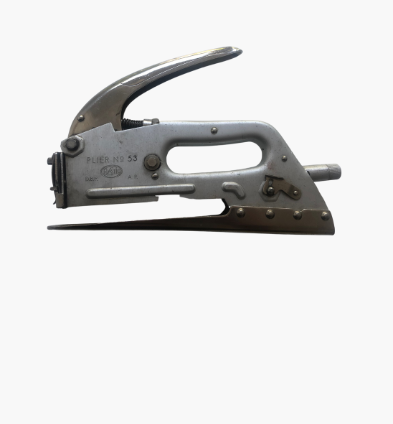Business premises vs. business equipment and the tax consequences
If it is a matter of tax questions or questions of accounting, the decisive “instructions” are to be found in the “Gleich lautenden Erlasse der Obersten Finanzbehörden der Länder zur Abgrenzung des Grundvermögens von den Betriebsvorrichtungen vom 5.6.2013”.
According to this, the following is to be examined in 2 steps:
1.Is the structure in question a building?
Note: If it is a building, it is not an operating device!
A building exists if
- people or things are protected against the weather by a spatial enclosure;
- people can stay there;
- it is firmly connected to the ground
- and a certain degree of durability and stability are given.
An open hall, for example, is also protection against the weather! And also the possibility for people to stay can be given, even if the stay turns out to be highly uncomfortable, dark or even harmful to health.
2. Is it a component part of a building, an operating device or an outdoor installation ?
According to § 94 para. 2 BGB (German Civil Code), essential components of a building are the things inserted for the construction of the building.
If you look at the paragraph via the dejure.org link, you will find 1,776 case law decisions on the specific interpretation.
The above-mentioned decrees, i.e. the tax, explicitly disregard this definition and define it differently for the purpose of taxation.
To wit:
The decision as to whether essential components are to be classified as operating facilities is based on whether they are so closely related to the business carried out on the property that it is directly operated with them.
This may also include independent structures or parts thereof, such as chimneys.
If the building components in question serve the use of the building, then they are considered building components.
Our favourite example is lifts: goods lifts are usually operating equipment, while passenger lifts are part of the building.
Outdoor facilities include structures that serve the use of the property and have no special relationship to the commercial enterprise – roads, paths, fences, for example.
Interim conclusion: Only if the structure in question is not a building in the above sense could it be an operating device. (Sounds quite logical, doesn’t it?). It is an operating device if it directly serves the operation of the trade. Is that clear?
Practical tip: The above-mentioned decrees contain very nice tables and even drawings for practical application.
Now that we have correctly delimited or allocated, there are nevertheless considerable financial consequences due to the different treatment in the tax legislation. For example:
- Operating equipment is a movable asset and therefore to be depreciated independently of the building like other movable fixed assets.
- As a rule, the depreciation period for operational buildings is longer and the depreciation rate lower than for operational equipment.
- In contrast to land and buildings, the transfer of hidden reserves is not permitted for operating equipment under section 6b EStG.
- Section 7g EStG allows the use of investment deductions and special depreciation for depreciable movable fixed assets to promote small and medium-sized enterprises.
- According to section 2 GrStG, business equipment is exempt from land tax.
- Pursuant to section 2, paragraph 1, sentence 2, no. 1, GrEStG, business fixtures are excluded from the basis of assessment for land transfer tax.
- Pursuant to section 4 no. 12 sentence 2 UStG, rentals of business equipment are exempt from VAT.
- Section 2 InvZulG 2010 contains different regulations for the subsidisation of business equipment and business buildings
Of course, the following applies: We do not provide tax advice or legal advice here, but rather want to give you a feeling for the problem and the consequences!
Within the framework of a valuation assignment, we offer to develop a common understanding of the allocation together with the real estate valuer and your tax advisor. We then take care of the correct implementation.




